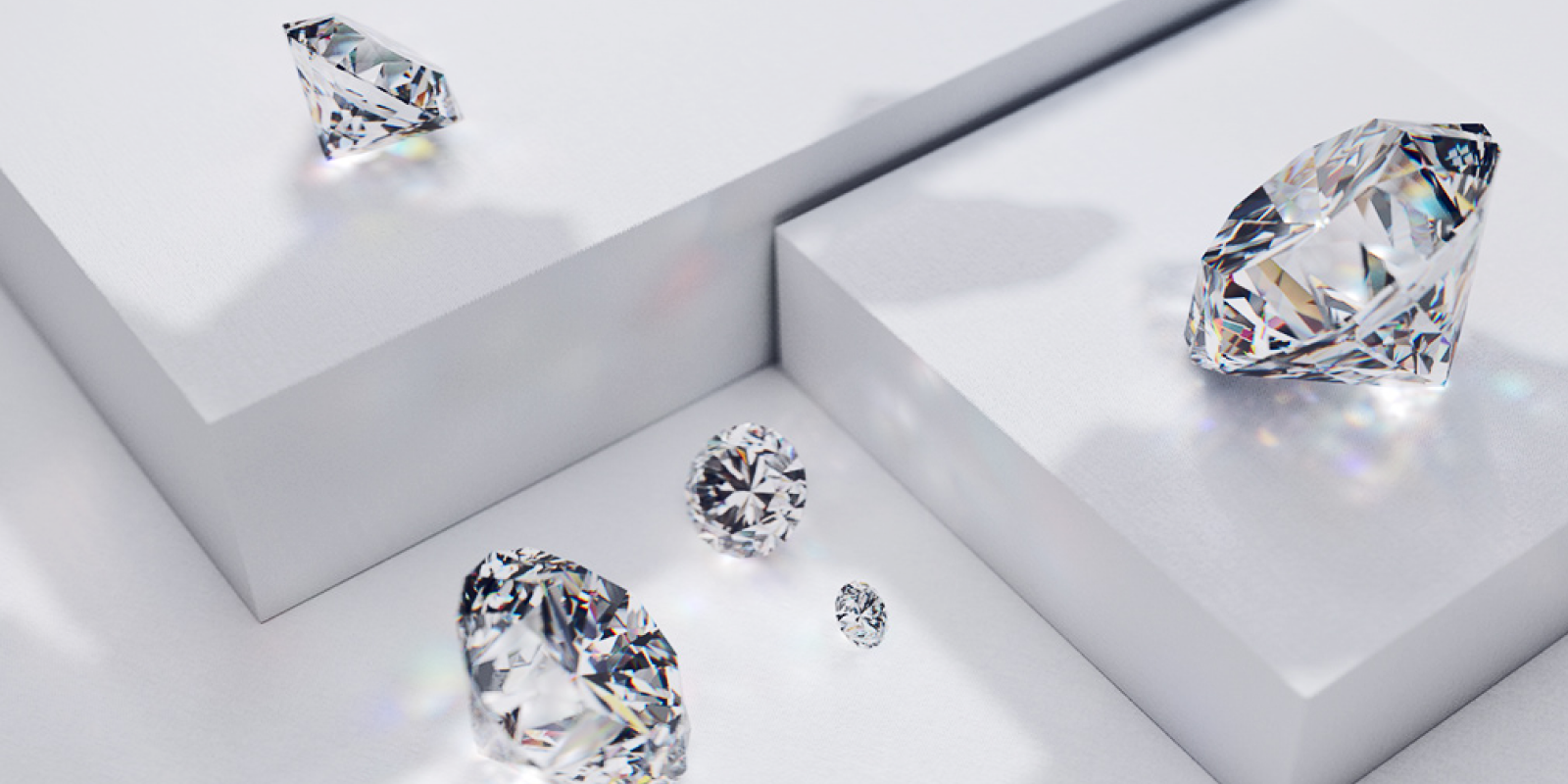Diamonds are not simply sparkling stones; they hold an entrancing allure that captivates hearts and psyches alike. Understanding what makes a diamond valuable goes past its outward brilliance — it digs into a universe of careful grading, market dynamics, and immortal appeal.
Introduction
Diamonds are respected globally for their rarity, beauty, and getting through value. Whether adorning a piece of gems or considered as speculations, diamonds hold a significant place in both personal and cultural settings. This article investigates the intricate factors that add to the value of diamonds, revealing insight into why a few pearls are more valued than others.
What is Diamond Value?
At its center, was macht einen diamanten wertvoll alludes to the monetary worth assigned to these valuable jewels. This not entirely set in stone by a combination of goal grading criteria and emotional market impacts. Understanding these factors is crucial for anyone seeking purchase diamonds for personal satisfaction or as a venture.
The 4Cs: Center Parts of Diamond Value
Diamonds are graded based on four primary characteristics known as the 4Cs: Carat Weight, Clarity, Variety, and Cut. These components act as the fundamental measurements in evaluating a diamond’s quality and subsequently, its value.
Carat Weight measures the mass of a diamond. Generally, the heavier the diamond, the rarer it is, and in this manner, the higher its value per carat. This makes carat weight a significant determinant in diamond estimating.
Clarity alludes to the presence of internal and external flaws, known as incorporations and imperfections, separately. Diamonds with less blemishes are rarer and along these lines more valuable because of their enhanced brilliance and clarity.
Variety grading assesses a diamond’s lackluster, with the scale ranging from D (vapid) to Z (light yellow or brown). Boring diamonds (graded D) are really rare and command higher values.
Cut characterizes a diamond’s extents, balance, and clean, impacting its ability to mirror light and sparkle. A very much cut diamond maximizes its brilliance, adding to its desirability and value.
Past the 4Cs: Additional Factors Impacting Value
In addition to the 4Cs, several different factors impact a diamond’s value. Shape plays a job as certain shapes, similar to adjust brilliants or princess cuts, may be more popular and in this way more valuable because of market demand.
Certification by reputable gemological laboratories like GIA (Gemological Foundation of America) or AGS (American Pearl Society) assures purchasers of a diamond’s quality and authenticity, subsequently affecting its market value.
Provenance or the diamond’s starting point can also impact its value. Diamonds with reported accounts, especially those associated with famous proprietors or occasions, may get more exorbitant costs because of their historical significance.
Market Patterns and Demand
Global market patterns and buyer inclinations significantly impact diamond valuation. Changes in fashion patterns, cultural discernments, and monetary circumstances can cause fluctuations in diamond costs and demand for certain characteristics or kinds of diamonds.
Speculation Value of Diamonds
Past their stylish appeal, diamonds can act as ventures. Certain diamonds, particularly those of exceptional rarity or historical significance, have appreciated significantly in value after some time. Financial backers frequently view diamonds as tangible assets that can expand their venture portfolios.
Cultural and Historical Setting
From the beginning of time, diamonds have represented wealth, influence, and love across various societies and civilizations. Their persevering through allure and imagery add to their ageless value, transcending simple monetary worth.
Ethical Considerations
Ethical considerations are increasingly important in the diamond business. Customers are turning out to be more aware of issues like struggle diamonds and environmental sustainability. Ethically obtained diamonds, ensured as struggle free, may carry higher value because of reliable purchaser inclinations.
Technological Advancements
Advancements in diamond grading innovation keep on refining the assessment of diamond quality. Innovations in imaging procedures and spectroscopy allow for additional exact evaluations, potentially affecting how diamonds are valued from here on out.
Case Studies
Investigating notable diamonds and their accounts gives bits of knowledge into what makes certain stones exceptionally valuable. Diamonds with interesting chronicles or exceptional characteristics frequently become legendary inside the business and among authorities.
Master Bits of knowledge
Diamond specialists offer valuable points of view on the intricacies of diamond valuation. Their bits of knowledge into market patterns, grading standards, and purchaser inclinations give invaluable guidance to the two purchasers and financial backers in the diamond market.
Purchasing Guide
For planned purchasers, understanding the factors that decide diamond value is essential. This remembers educating oneself for the 4Cs, confirming certifications, taking into account market patterns, and making informed choices based on personal inclinations and spending plan.
Conclusion
In conclusion, the value of a diamantenschliff arten out far past its monetary worth. It encompasses a mix of natural rarity, master craftsmanship, market dynamics, and getting through cultural significance. By understanding these components, enthusiasts can appreciate diamonds as beautiful adornments as well as immortal treasures with inherent value and historical allure.


